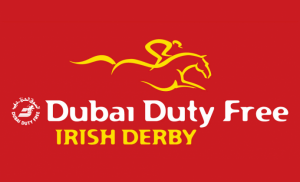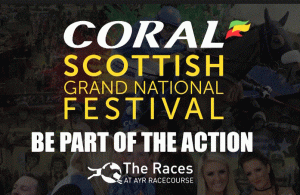 The Irish Derby is an Group 1 race held over a 1 mile 4 furling course. It’s a flat race open to both three year old colts and fillies. While there have been prior versions of the Derby going back to 1817, the modern day event has been declared to have first taken place in 1866 in Curragh, Co Kindare, Ireland.
The Irish Derby is an Group 1 race held over a 1 mile 4 furling course. It’s a flat race open to both three year old colts and fillies. While there have been prior versions of the Derby going back to 1817, the modern day event has been declared to have first taken place in 1866 in Curragh, Co Kindare, Ireland.
Taking place in Late June or early July of each year the Irish Derby is a flat race that attracts top class horses, jockeys and trainers from Ireland and further afield. It takes place just weeks after the Epsom Derby and as such, much like with the Grand National doubles that we see, it’s a not uncommon aim for trainers to attempt to win both the Epsom and Irish Derby with a horse. This has happened a grand total of 18 times so far, with Harzand being the last to achieve this feat back in 2016.
Prize money for the Irish Derby has risen over the years and this understandably took the race to the next level, and drew in a higher calibre of participants.
A couple of individuals have excelled in the Irish Derby and deserve to be recognised for it. Aidan O’Brien is leading trainer at the event with an unrivalled 12 wins between 1997 and 2017, and leading owner Michael Tabor has 13 wins over the same period. As you may have already deduced the two have paired up on several occasions, last in 2017 with winner Capri ridden by Seamie Heffernan.
The event has a huge purse of €1,500,000 with €855,000 going to the winner, €285,000 for second place and €135,000 third. The 2018 Irish Derby winner was Latrobe, who won at an SP of 14-1. Even money favourite Saxon Warrior disappointed, coming third.
 There is often much excitement generated by the Aintree Grand National, and the same applies to the regional races. The Scottish Grand National is no ‘bolt on’ event either, in fact it first took place in 1858 when it was called the West of Scotland Grand National and consisted of 32 stone wall jumps.
There is often much excitement generated by the Aintree Grand National, and the same applies to the regional races. The Scottish Grand National is no ‘bolt on’ event either, in fact it first took place in 1858 when it was called the West of Scotland Grand National and consisted of 32 stone wall jumps.